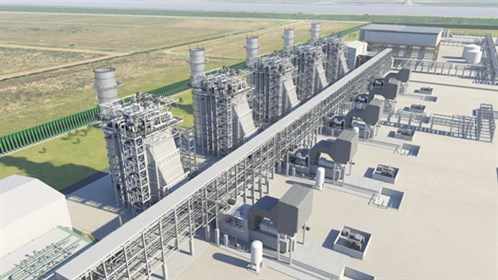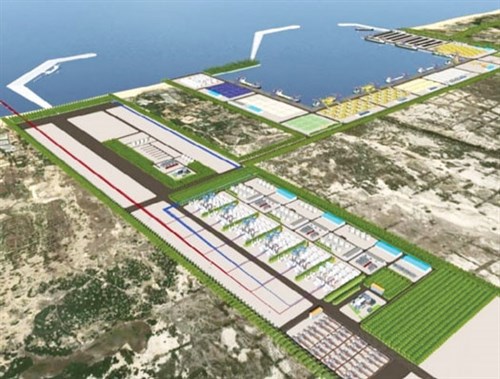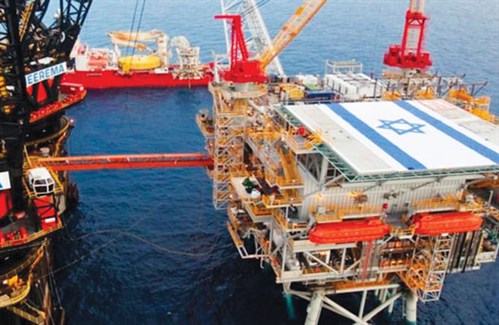Gas Processing News
China signs huge LNG deals with Venture Global
 |
China has signed three large LNG deals with U.S. exporter Venture Global LNG, as the world’s second-biggest economy looks to secure long-term supplies amid soaring gas prices and domestic power shortages. The agreements with China’s state oil giant, Sinopec, include two 20-yr deals for a combined 4 MMtpy of LNG.
Those deals bring Venture Global’s planned, 20-MMtpy plant in Plaquemines, Louisiana one step closer to a final investment decision (FID), which is expected by the end of 2021.
For China, which has this year overtaken Japan as the world’s number-one LNG buyer, the deals will be its single-largest LNG trade agreement in terms of volume without an equity stake. The deals will also double the volume of China’s imports from the U.S., its sixth-largest supplier in 2020, with volumes at 3.1 MMt.
Both of the 20-yr deals are sales-and-purchase agreements, according to the notice. One is for 2.8 MMtpy of LNG on a free-on-board (FOB) basis, and the other is for 1.2 MMtpy on a delivered-at-place-unloaded (DPU) basis. Venture Global also signed a third deal with Unipec, the trading arm of Sinopec, to supply 1 MMtpy of LNG from its Calcasieu Pass Facility for 3 yr from March 1, 2023.
Major Chinese companies are in advanced talks with U.S. exporters to secure long-term LNG supplies as rocketing gas prices and domestic power shortages heighten concerns about the country’s fuel security. In addition, U.S. Henry Hub futures-linked pricing offers a hedge to Chinese buyers that are heavily exposed to Brent-based pricing.
Venture Global is building or developing over 50 MMtpy of LNG production capacity in Louisiana, including two 10-MMtpy phases at Plaquemines, with the first phase expected to enter commercial service in 2024.
Vietnam approves $2.3-B LNG power project
 |
Vietnam has approved a $2.3-B LNG power plant, due to be co-developed by Vietnamese and South Korean companies and to start commercial operations in 2026 or 2027. The plant, which will be based in the central province of Quang Tri, will have an initial capacity of 1,500 MW.
Vietnam’s T&T group and South Korea’s Korea Southern Power Corp., Hanwha Energy Corp. and Korea Gas Corp. are the project’s main developers.
Vietnam’s demand for electricity is forecast to rise 10%/yr in the coming years, and its LNG imports are expected to increase to 10 metric MMt by 2030 and to 15 metric MMt by 2035. The country plans to begin importing LNG from 2022.
Israel considers pipeline to boost gas to Egypt
 |
Israel is considering the construction of a new onshore pipeline to Egypt to quickly boost natural gas exports to its neighbor in the wake of the recent tightening of global supplies. The pipeline, which would connect the Israeli and Egyptian natural gas grids through the north of the Sinai peninsula, is estimated to cost around $200 MM and could be operational within 24 mos.
A new onshore pipeline, coupled with plans to construct a second subsea pipeline to Egypt within a few years, would further cement Israel’s position as a key energy hub in the eastern Mediterranean. The pipeline, which is in the process of obtaining approval from local authorities, would be owned by Israel Natural Gas Lines.
Israel became a key supplier of natural gas to Egypt in January 2020 after starting production from its Tamar and Leviathan offshore gas fields. Around 5 Bm3y of gas is supplied via a subsea pipeline connecting Israel and the Egyptian Sinai peninsula. The new pipeline would allow increased supplies into Egypt by an additional 3 Bm3y–5 Bm3y. The gas will supply Egypt’s power grid and also help boost LNG exports from Egypt to Europe and Asia.
Israel’s export capacity is expected to increase to 8 Bm3y by 2023 from the present 5 Bm3y due to the debottlenecking of existing infrastructure and the expansion of the giant Leviathan field, operated by Chevron Corp. and Delek Group. Output will rise further when Energean starts production from the Karish and Tanin gas development, planned for mid-2022.
The onshore pipeline would not impact Israel and Egypt’s plan to construct a second subsea pipeline to supply Egypt’s Idku and Damietta LNG plants, from which fuel can be reexported to Europe and Asia.
Russia targets year-round shipping via warming Northern Sea
In 2022 or 2023, Russia plans to begin year-round shipping via the Northern Sea Route that passes through the Arctic.
The country has invested heavily in infrastructure to develop the Northern Sea Route and wants it to become a major shipping lane as the Arctic warms at a faster rate than the rest of the world, due to climate change. It is not presently used in winter due to thick ice cover.
The route, which runs along Russia’s northern flank, is used to ship hydrocarbons and other resources for up to 9 months per year. Officials want to increase cargo volumes shipped through the route to 80 metric MMtpy. Last year, 33 metric MMt of cargo were shipped on the route.
President Vladimir Putin wants to start regular container shipments through the shipping lane. Russia also plans to build icebreakers powered by LNG, as well as heavy-duty icebreakers to develop the route and make it more suitable for year-round navigation.
EU floats joint gas purchasing plan
Amid high natural gas prices in early autumn, the European Commission outlined measures that the EU could use to combat surging energy prices: joint gas purchasing among countries as a way to cushion price spikes.
The EC intends to “explore the potential benefits” of member states jointly buying strategic reserves of gas. Countries’ participation in such a scheme would be voluntary.
Brussels is also investigating “all allegations of possible anti-competitive commercial conduct” by gas suppliers, following accusations from some EU countries that say Russia’s Gazprom has withheld supply to push up European gas prices.
Russian President Vladimir Putin said electric power shortages were behind the October gas price increases in Europe, and that Moscow is willing to discuss additional action, saying that there needed to be agreement on how to balance energy markets. GP




Comments